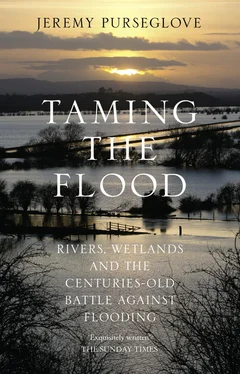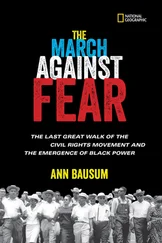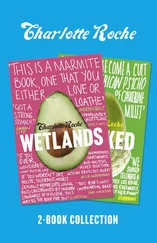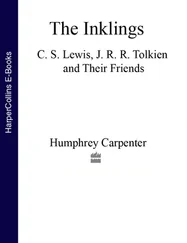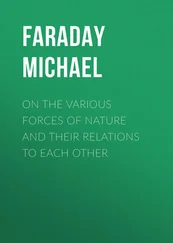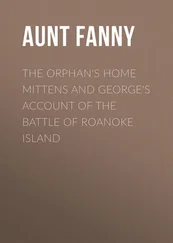Between 1977 and 1989, as one of the first environmentalists in the British water industry, I was employed by the Severn Trent Water Authority and, as it became later, the National Rivers Authority. One of the prime duties of this organization was to reduce flooding. This led it into regular conflict with nature conservation, which it was my duty to defend. I therefore found myself in the middle of a long-standing environmental debate concerning river and wetland management, which in the 1980s became increasingly controversial and under the national spotlight. This debate led to major reforms and initiatives whereby landowners were paid compensation to maintain important habitats on their land. Higher environmental standards were also set for river management, and the old world of farmer-dominated land drainage began to evolve to the more rounded system of modern flood defence that we know today. These changes were recorded in chapter 8, which concluded the original book.
Taming the Flood was published on the eve of water privatization, which appeared to bring in a new age of responsible river and wetland management under what is now the Environment Agency. The issues and conflicts that I described seemed to settle down. But they did not go away. With the onset of climate change over the past decade and especially during the winters of 2013–2014 and 2015–2016, the floods have returned with a vengeance. The old issues and conflicts recounted in these pages have resurfaced with an even greater urgency as the dredging debate over how to deal with unprecedented flooding is back in the national media.
In revising the book I have realized that it is both impossible and inappropriate entirely to rewrite the first eight chapters. They belong to the period in which they were written. As such, they must largely remain. Some passages may now seem outdated by the march of history and the benefit of hindsight, particularly with subsequent reforms to both administration of flood defence and the Internal Drainage Boards. Whenever possible, I have appended footnotes at the bottom of the page so that the reader can discover the subsequent developments that have affected particular wetlands or issues under discussion. The original book now reads as a chronicle that hugely informs the events from 1989 to 2016, which are covered in a new chapter 9.
It could be argued that, without reading those earlier pages, it is impossible properly to understand the current debate. This was a passionately campaigning book when I first wrote it, but I have found that, revisiting the current issues after 25 years, rivers and wetlands are still in desperate need of a passionate campaign. Back in the 1980s the big new idea was that the machines that dredged and straightened rivers could also be used to enhance their habitats as part of the normal duties of reducing flooding. Now, the big new idea is that we can use the whole landscape to absorb much of the rain before it reaches the rivers. In this way we can also restore many of our damaged landscapes, especially the most intensive farmland. It remains to be seen whether in this latest crisis of climate change we will rise to the challenge.
CHAPTER 1
RIVER VERSUS DRAIN
The Conflict within Traditional Flood Management
I never thought for one moment that my life would become bound up with rivers. It all began when a woman threatened to tie herself to a willow tree. I had just started working as a landscape architect for a water authority, and my duties were to involve planting trees around reservoirs and new office buildings. I had never heard of river engineers until one morning a very harassed engineer rang to ask me to persuade the woman in question not to tie herself to the ancient pollard, which he intended to fell. Indeed, he asked me, as the authority’s environmentalist, to suggest ways of calming the local community’s very vocal outrage at what he was intending to do to their river. The engineer explained his problem. All he was attempting to do was to prevent the river from flooding these ungrateful people’s houses. For this, however, many trees would have to be removed, and the river would have to be deepened and straightened. It would cease to be recognizable as the river that the local people enjoyed, but it would become a very efficient drain, so that their sitting-rooms would no longer be ruined periodically, and farmers with land adjacent to the river would be able to grow more and better crops to feed the very people who were complaining. So the case was put: river versus drain.
This book is about that conflict of values, the efforts made to come to terms with that conflict, and its implication for one of the major issues of our time—the reshaping of our farm policy, which, with the single aim of increased food production, has transformed the countryside in what is perhaps the greatest agricultural revolution since the settling of England began. fn1
Seldom has the conflict over what a river means to different people been more dramatically highlighted than in the case of the river Stour at Flatford Mill. Here John Constable painted The Hay Wain . Reproduced in calendars, on birthday cards, and in coffee-table books, this painting has become almost a ritualized symbol of the reverence that English people have for their countryside. I remember once dealing with a particularly brutal river scheme, and seeing hanging in the engineers’ portacabin, which overlooked the now canalized river, a calendar showing The Hay Wain . The connection was not made. In 1984 the Anglian Water Authority applied for permission to carry out a land-drainage scheme on the Stour between Stratford St Mary and Flatford Mill, with the purpose of converting the riverside pasture to oil-seed rape. Mr John Constable, the painter’s great great grandson, protested in The Times : ‘Believe me, rape is what we’re talking about.’ The water authority responded with its case: ‘We are up against a lot of pressure from landowners to do something about the flooding.’ 1
A river is a symbol of changeless change. Overnight, in a flash flood, it will dramatically move its banks, depositing shoals and cutting new channels. In recent decades, the Severn has been steadily undercutting the riverside churchyard at Newnham. The skeletons of the village forefathers are regularly exposed and then claimed by the river, and now the church itself is threatened. The local diocese has appealed to the water authority to do something about it; but something as elemental as the ever-moving Severn is beyond the resources of even the richest and most powerful water authority. At Crowland in Lincolnshire stands a medieval bridge, stranded high and dry in the middle of the town. The three streams which once ran beneath it have long since vanished, but, at the back of the town, the water still finds its way to the sea, as it has from the beginning of time. William Wordsworth described the river Duddon as something that would always be recognized by succeeding generations:
I see what was, and is, and will abide
Still glides the stream and shall for ever glide. 2
Nowadays, however, we are capable of transforming rivers so that they become quite unrecognizable. If, while waiting in the rush-hour queue at Sloane Square tube station, you chance to look up, you will see a large iron pipe. It is, or was, the river Westbourne. This is the ultimate in human domination of a river, although many city rivers might just as well be piped. The Rea in Birmingham and the Medlock fn2in Manchester hurry down through their straitjackets of steel and concrete, unnoticed by the passing crowds.
The endurance of rivers, which is part of what makes them such a potent symbol in our culture, is also precisely the reason why they matter so much to ecologists and scientists. In this country there is probably no river or wetland which is ‘natural’ in the sense that it has never had human interference; but river systems have two major characteristics which have enabled their wildlife in all its original complexity to survive interference better than most other systems. First, their continuous, linear nature provides plants and animals with an opportunity to move up and down them. In the modern landscape, woods, ponds, and heaths, for example, are increasingly isolated within enormous fields of pasture or arable land; and the other major corridor for wildlife, the hedge system, has, of course, been cheaper and easier for farmers to remove than the river itself. Second, because a river’s nature is one of changeless change, forever on the move, the creatures that live in it have evolved strategies for surviving sudden floods and disruptions and alterations of the river’s course. Broken pieces of many water plants have the ability to root again; others have seeds that float or resist digestion in the stomachs of birds, and so can be transported upstream. River insects develop wings in the last stage of their life cycle, and dragonflies are known to be able to fly many miles. Indeed, some of our dragonflies regularly migrate across the North Sea. In June 1900 the air over Antwerp ‘appeared black’ with swarms of four-spotted chaser dragonflies, as they headed towards England. 3Fish instinctively fight their way upstream against the current, and many water birds and animals have the ability to travel long distances.
Читать дальше
